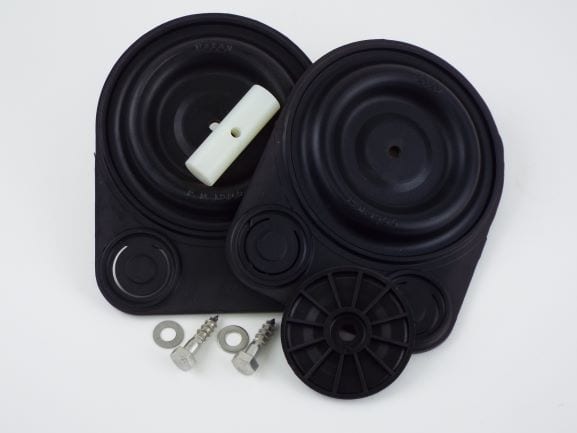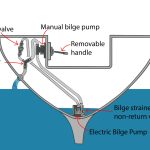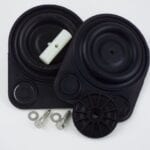Manual diaphragm pumps are invaluable tools in various industries, aiding in the movement of fluids efficiently and precisely. However, like any mechanical equipment, they can encounter issues that hinder their performance.
In this guide, we will delve into the common problems associated with manual diaphragm pumps and provide effective troubleshooting steps to keep them running smoothly.
1. Diaphragm Leakage
One of the most prevalent issues faced with manual diaphragm pumps is diaphragm leakage.
This occurs when the diaphragm, which separates the liquid and air chambers, fails to create a tight seal. The result is a loss of pumping efficiency and potential contamination.
To troubleshoot diaphragm leakage, start by examining the diaphragm for any visible signs of damage, such as cracks or tears. If damage is detected, replace the diaphragm with a new, compatible one. Ensure that the diaphragm is properly aligned and installed to maintain a secure seal.
2. Air Leakage
Air leakage is another common problem that affects the performance of manual diaphragm pumps. This occurs when air infiltrates the pump, disrupting the pressure balance and causing inconsistent pumping.
To address air leakage, inspect all connections, fittings, and seals for any signs of wear, cracks, or looseness. Tighten or replace any damaged components to ensure an airtight system. Additionally, lubricate the pump regularly to maintain proper sealing and reduce air leakage.
3. Inconsistent Flow
Inconsistent flow is a significant concern with manual diaphragm pumps, as it can lead to inaccurate dispensing of fluids.
This issue can result from various factors, including air entrainment, inadequate air pressure, or improper valve adjustments.
To troubleshoot inconsistent flow, check the air pressure and adjust it according to the manufacturer’s specifications. Ensure that the valves are clean, properly aligned, and functioning correctly. If air entrainment is the issue, prime the pump to eliminate any air bubbles within the system.
4. Loss of Prime
A loss of prime occurs when the pump fails to maintain a steady flow of fluid due to air pockets or insufficient liquid in the suction line.
To overcome a loss of prime, check the suction line for any obstructions or air entrapment. If air is present, bleed the system to remove the air pockets. Additionally, ensure that the suction line is fully immersed in the fluid to maintain a consistent flow.
5. Excessive Noise and Vibration
Excessive noise and vibration can be disruptive and indicate potential issues within the manual diaphragm pump. This may stem from misalignment, loose bolts, or worn-out components.
To mitigate excessive noise and vibration, inspect the pump for any loose bolts, worn-out valves, or misaligned components. Tighten bolts, replace damaged parts, and realign the pump to minimize noise and vibration.
In conclusion, maintaining the optimal performance of manual diaphragm pumps is crucial for efficient operations within various industries. By identifying and effectively troubleshooting common issues such as diaphragm leakage, air leakage, inconsistent flow, loss of prime, and excessive noise and vibration, you can ensure the longevity and reliability of your manual diaphragm pump.






